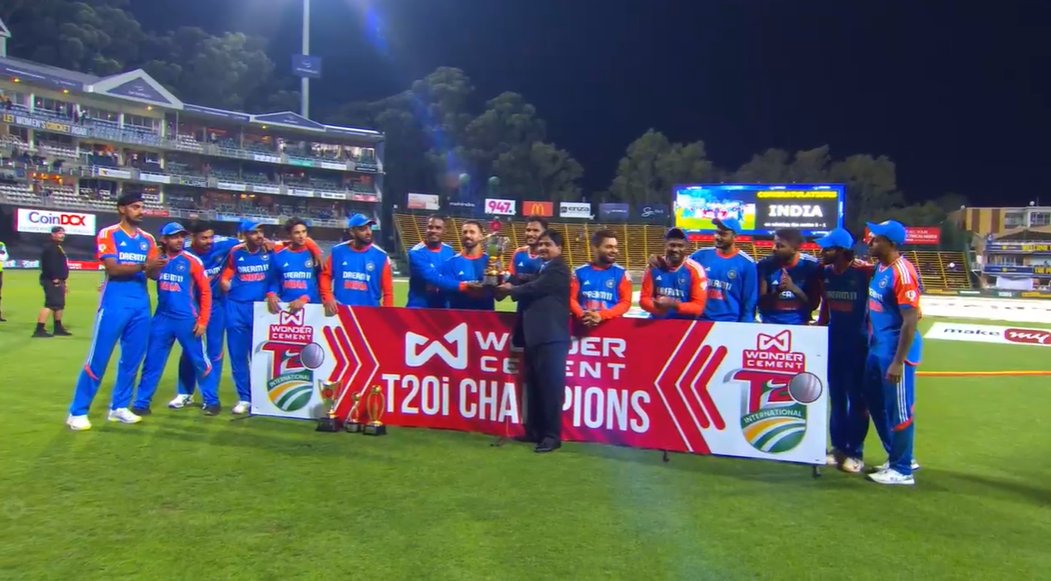One of the major criticisms revolves around the lack of rotation in bowling throughout both innings. Despite New Zealand being at a precarious 233/7, they managed to post a formidable 402 runs in their first innings. The Indian bowlers, particularly the pacers, were not effectively utilized when Tim Southee was batting, leading to an inability to contain the run flow.
Adding to the tactical failures, Sharma made the controversial decision to choose to bat first after winning the toss in overcast conditions. This move has been criticized for not adequately reading the pitch, which subsequently contributed to India’s collapse in their first innings.
Historically, this defeat is significant as it marks New Zealand’s first Test victory in India since 1988, breaking a 36-year drought. Rohit Sharma’s leadership has now seen three home Test losses within three years, a stark contrast to his predecessor Virat Kohli, who only lost two home Tests during his captaincy.
The selection strategy has also come under scrutiny, with Rohit opting for three spinners in the lineup, even though fast bowler Akash Deep was available. Additionally, Ravichandran Ashwin was given the ball too late in the second innings, missing crucial opportunities to impact the game earlier on. This decision raises further questions about team combinations and the overall strategy employed during the match.
As fans continue to express their disappointment, it remains to be seen how Rohit Sharma will respond to these mounting criticisms and whether changes will be made ahead of future fixtures. The Indian team and its supporters are undoubtedly hoping for a swift turnaround as they grapple with the repercussions of this historic loss.





